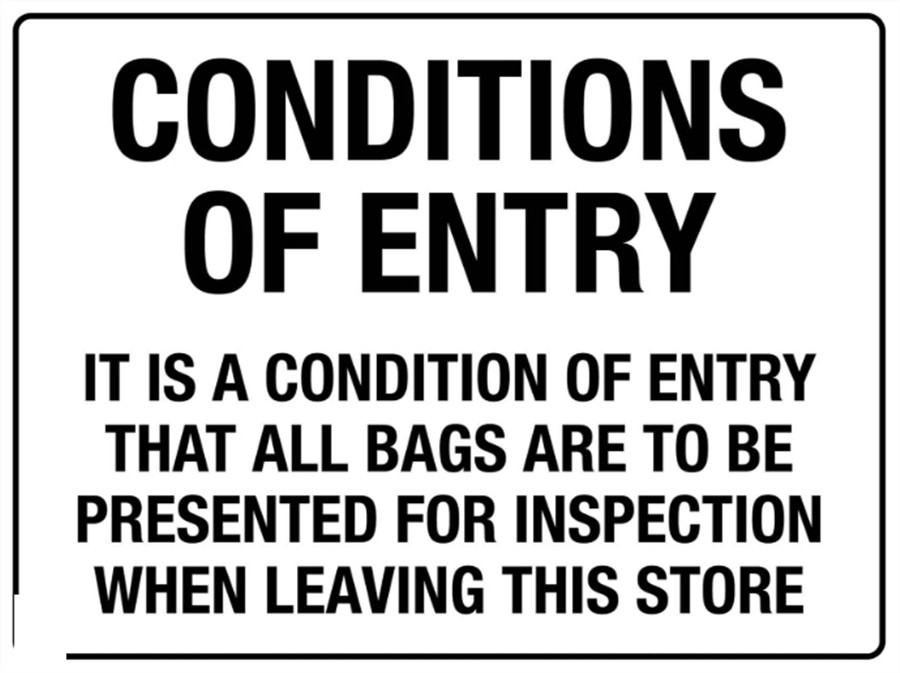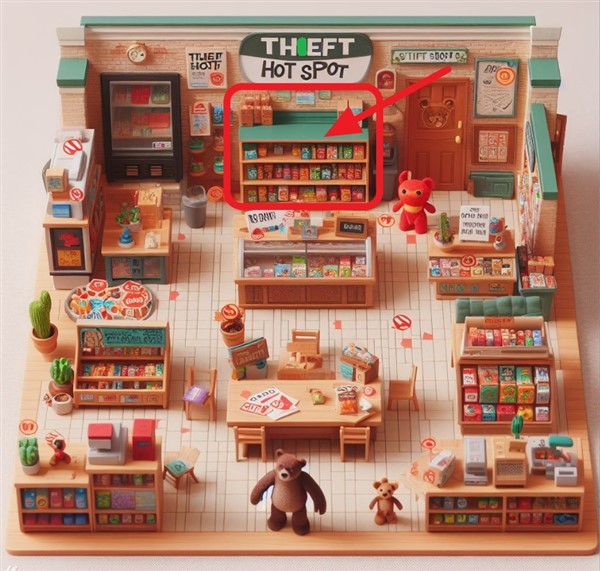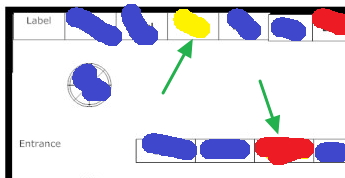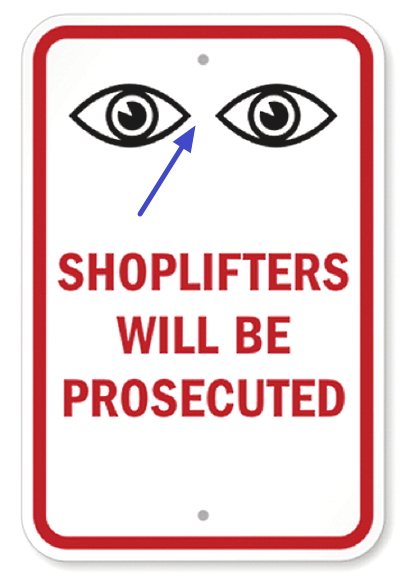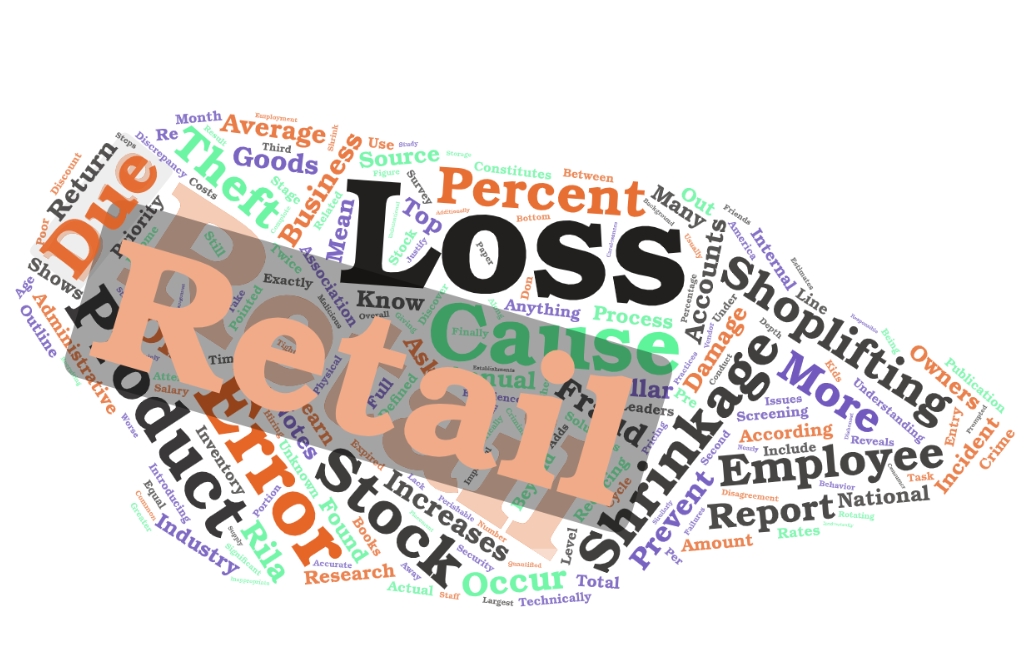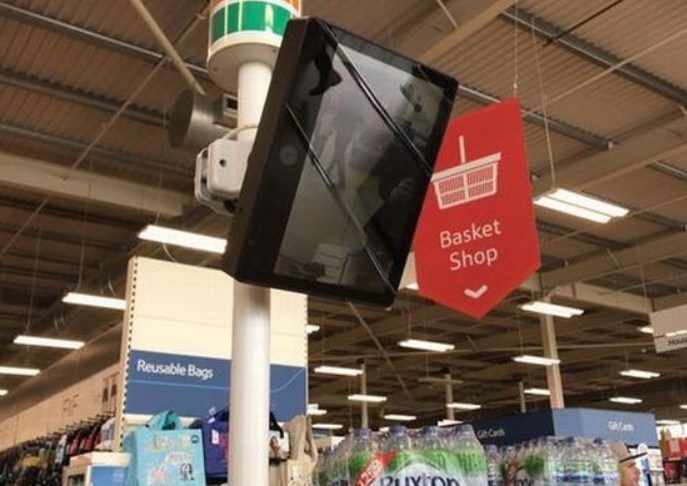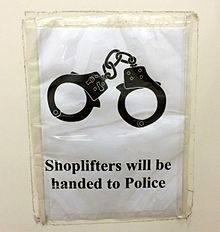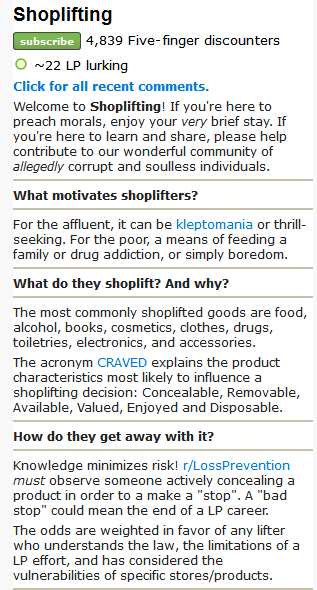Our Shoplifting Surge in Australia
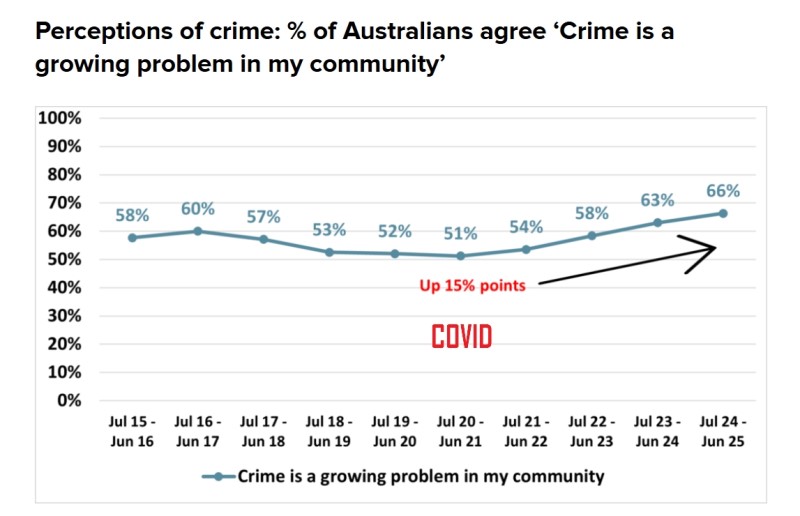
Shoplifting poses a serious threat to Australian retailers. Recent research has highlighted a rising perception of crime across communities. Today, Australians increasingly see crime as a growing problem. Sixty-six per cent now agree it's growing in their areas, which is the highest level in a decade.
This perception has increased by 15% over the past four years, which aligns with the complex data showing a 12% national rise in theft incidents from 2021 to 2024. I have discussed this here before, highlighting how shoplifting has increased significantly since the COVID-19 pandemic.
Part of the reason is that attitudes have changed. Many no longer view theft as wrong. They often blame stores for weak security. If a shop seems vulnerable, they reason it's the business's fault. Additionally, it has been fueled by growing economic desperation since COVID, and Australian living standards have experienced a significant decline, with the sharpest fall in real household disposable incomes in decades, which is pushing some towards theft.
It is a reality today that I have spoken with retailers throughout Australia. They all share stories of thieves now being bolder.
The Real Impact on Your Retail Business
Say an SMB shop with $700,000 in annual sales and a 30% margin. Shrinkage from theft at 1.5% to 2% would cut profits by 4%. In low-margin sectors like newsagencies, this could destroy a business entirely. I've advised retailers who have been hit even harder by this. I have seen shops where we discovered inventory gaps of thousands over a few months.
Shrinkage affects more than finances. It leads to stockouts, as computerised controls no longer work, so we see frustrated customers who go elsewhere. That alone can destroy a shop's goodwill.
If not addressed early, thieves grow bolder. They learn your weaknesses and will return to exploit them.
Measure the problem with facts
Firstly, determine the size of the problem. Your accountant can assist you here, or if you prefer, you can do it yourself, as it's not particularly difficult.
Look at the year 2023/24 and write the stock on hand at the start of the 2024/25 year, say $X
Now, look at the stocktake of your shop that you conducted at the end of the 2024/25 year, say $Y.
Now, take from your financial report in 2024/25 the sales figure $S, and the purchase figures $P
Now, estimate your margin. You will need a gut feel for this.
Now your (Theoretical Stock on hand) = (Stock at the start of the financial year = $X) + (Purchases in the financial year = $P) - (Sales this financial year = $S) *(1-Margin%)
The (Missing stock) = (Theoretical Stock on hand) - (Stock value now from the stock take $Y)
If you want to compare your figure with others the formula = 1 - (Missing stock)/(Theoretical Stock on hand)
I have seen many at this stage go white.
Finally, follow these steps to calculate Theoretical Sales at Retail.
Formula: Theoretical Sales = ((Stock at the start of the financial year = $X) + (Purchases in the financial year = $P) - (Stock value now from the stock take= $Y)) / (1 - Margin%)
It provides the theoretical basis by treating all missing stock as if it had been sold.
Now, calculate the Difference (Actual Sales - Theoretical Sales), which gives us the revenue lost to shoplifting.
Working example with numbers
Assume
Stock at the start of the financial year = $100,000 Purchases in the financial year = $200,000 Sales in the financial year = $250,000 Stock take figure at the end of the year = $90,000 Margin% = 40%
Example with these hypothetical numbers
Theoretical Stock = $100,000 + $200,000 - $250,000 × (1 - 0.4) = $300,000 - $150,000 = $150,000
Missing Stock = $150,000 - $90,000 = $60,000 (at cost)
Theoretical Sales = ($100,000 + $200,000 - $90,000) / (1 - 0.4) = $210,000 / 0.6 ≈ $350,000
Difference = $250,000 - $350,000 = -$100,000
This analysis does not reveal how much stock was lost (generally external) or how much money was stolen from you (almost always internal). Although it is a reality, it tends to be a combination of both so we can say here that somewhere between $60,000 of stock is missing and $100,000 in money. Most analysist here would simply halve the difference and say you have lost $30,000 in stock and $50,000 in stolen money.
Effective Prevention
Mapping theft hot spots
I would firstly suggest that you map out the blind spots and risky areas in your shop. I have discussed this with detailed instructions point by point here.
What it does is map theft hot spots to your shop layout. What you are looking for are the danger areas in your shop; this visual method is a quick method to improve your design. Knowing where the stuff disappears can give you a good idea of whether the problem is internal or external.
In practice, simple changes can also be effective, such as improving lighting or adjusting staff positions, which cost little and yield significant results.
One client, after doing this, found that their end-of-aisle displays were targets. They moved the camera there, which helped to cut their losses almost immediately.
Employee Theft: A Hidden Threat
Internal theft hurts deeply. It's often subtle, accumulating over time. Many staff today see it as a perk. Our POS tracks user actions and audit trails. It identifies anomalies. A client uncovered years of losses this way. Address it early. Combine with staff training for accountability. Protect your business while supporting your team.
One idea is to have a camera pointing at the tills, allowing for visual monitoring of what goes in and out. Review this footage and compare your sales audit figures to ensure they match one another. You may be surprised by what you find. I had one client who did this and discovered that one employee was taking money, putting it in the till without ringing it up, and later taking it out. I like what he told the police after he was reported: "I took the money but did not steal it."
Conclusion
Shoplifting is estimated to cost $9 billion a year; it's the largest crime by value in Australia. Shoplifting incidents have nearly doubled from 2022 to 2024, as accurately measured through stock analysis and theoretical sales calculations. Quantify the losses and understand your current position.
Written by:

Bernard Zimmermann is the founding director of POS Solutions, a leading point-of-sale system company with 45 years of industry experience, now retired and seeking new opportunities. He consults with various organisations, from small businesses to large retailers and government institutions. Bernard is passionate about helping companies optimise their operations through innovative POS technology and enabling seamless customer experiences through effective software solutions.

